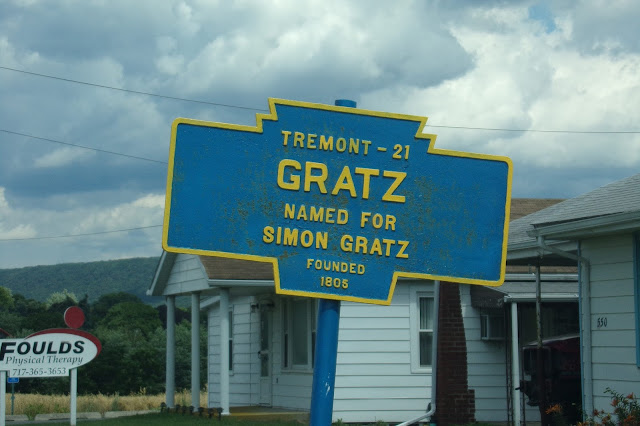Gobbler's Knob

One of Pennsylvania's best known traditions is the Groundhog Day ceremony at Gobbler's Knob, just outside of beautiful Punxsutawney. Every February 2 since 1887, thousands of people descend upon Gobbler's Knob well before sunrise in order to witness Punxsutawney Phil see his shadow or not and to make his bold prediction to the famed Inner Circle about whether or not there will be six more weeks of winter. I visited Gobbler's Knob to get a glimpse of the surroundings for myself, during a much quieter spring day. Because Punxsutawney Phil is the prognosticator of prognosticators, Punxsutawney, Pennsylvania fashions itself as the Weather Capital of the World. Yes, I can believe it! The stage where Punxsutawney Phil makes his prediction every February 2. A close up of the stage. Punxsutawney Phil does not live in that tree stump. There is a home for the groundhog called Phil's Burrow , located in downtown Punxsutawney. There is a window from the outs...




